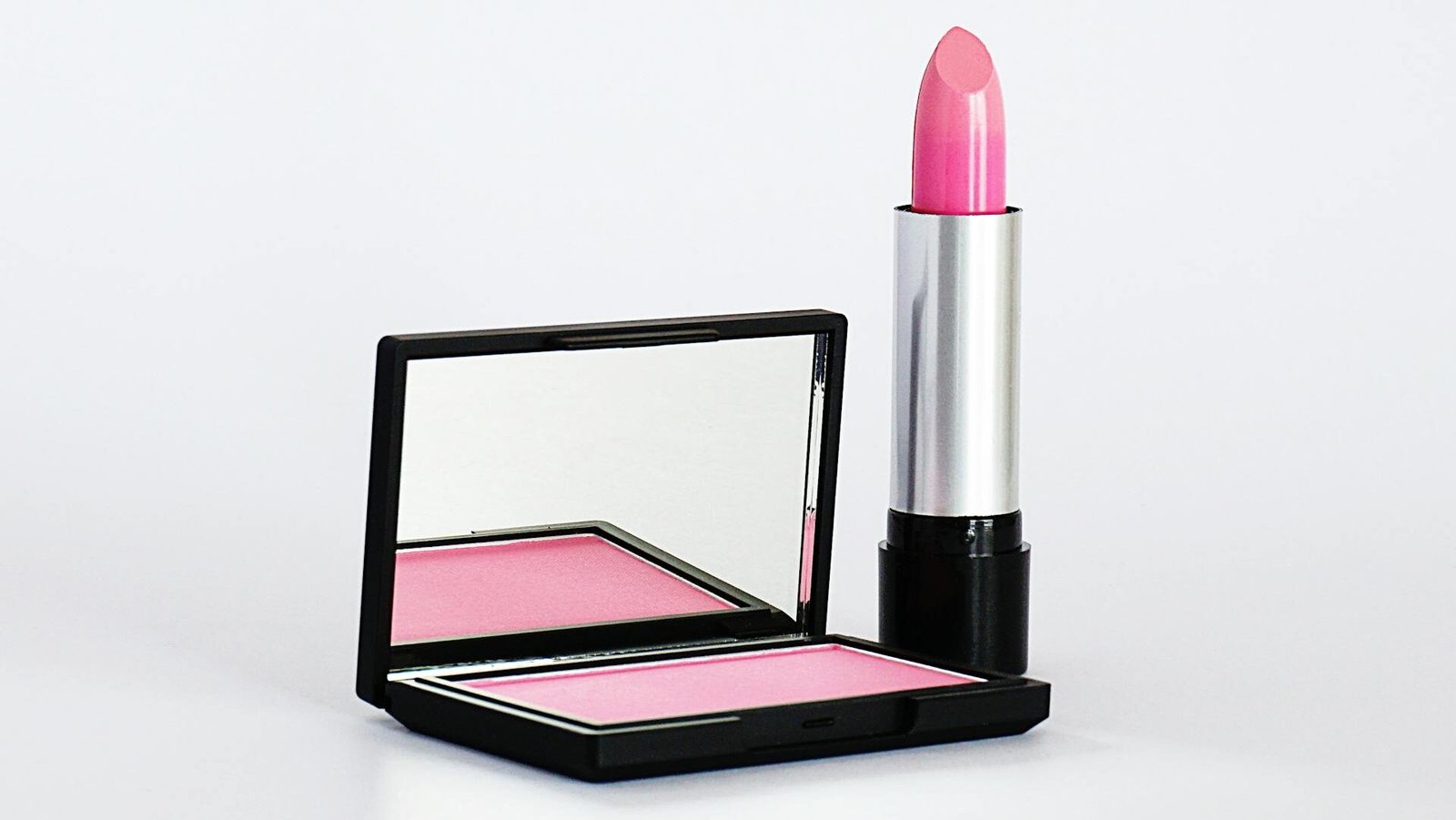
In the contemporary landscape of a booming global beauty market, the international trade of beauty products has witnessed an exponential surge in both scale and complexity. For beauty enterprises, the choice of international freight options is akin to navigating through a convoluted maze, directly influencing the company’s cost – efficiency, delivery timelines, and market competitiveness.
Among the plethora of freight choices, making the most appropriate decision has emerged as a critical challenge that beauty companies must surmount. The selection of international freight is primarily based on three pivotal factors: cargo attributes (such as the presence of liquids or classification as hazardous materials), transportation timelines, and overall budget. In the following sections, we will conduct an in – depth analysis of the three International Freight of Beauty Products predominant freight methods: international express, international air freight, and international sea freight.
1. Comparative Analysis of the Core Advantages of Three Major International Freight Modes
To provide beauty companies with a clear and intuitive understanding of different freight modes, we have meticulously crafted the following comprehensive comparison table of international express, air freight, and sea freight:
| Freight Mode | Core Advantages | Application Scope | Special Considerations for Beauty Products | Operating Mode |
|---|---|---|---|---|
| International Express | Unparalleled speed, extensive global service network, door – to – door convenience | Expedited delivery of high – value samples, urgent documents, and small – volume orders | Stringent restrictions and compliance requirements for liquids, powders, etc. | Door – to – door |
| International Air Freight | A well – balanced solution integrating timeliness and cost – effectiveness | Medium – volume orders, seasonal restocking, and regular cargo with specific transportation time requirements | – | Airport – to – airport (A2A), accompanied by customs clearance and destination transportation services |
| International Sea Freight | Lowest unit cost, massive carrying capacity | Large – scale, long – term stable order transportation and overseas warehouse stockpiling | – | Less than Container Load (LCL) and Full Container Load (FCL) |
1.1 International Express
International express stands out as the top choice for the rapid delivery of high – value samples, urgent documents, and small – volume orders, thanks to its ultimate speed, far – reaching global service network, and door – to – door convenience. In the beauty industry, when a company develops a new product and urgently needs to dispatch samples to overseas clients for prompt feedback to fine – tune product strategies, or when facing an urgent small – volume order, international express functions like a high – octane “commando team”, ensuring the safe and timely delivery of goods to the destination.
However, when shipping beauty products via international express, special attention must be paid to the strict regulations regarding liquids, powders, and other restricted items. Many international express carriers enforce rigorous screening standards for beauty products containing alcohol, liquids, or powders. Take high – alcohol – content perfumes as an example; due to their inherent safety risks during transportation, carriers typically require companies to provide detailed product ingredient lists, safety test reports, and other relevant documents.
Companies must ensure full compliance with these regulations and prepare all necessary documentation in advance, acting as a “passport” for the goods, to prevent potential delays or returns during transit and safeguard the smooth operation of business.
1.2 International Air Freight
International air freight offers a balanced approach that combines the benefits of timeliness and cost – efficiency. It is an ideal option for medium – volume orders, seasonal restocking, and regular cargo with specific delivery time requirements. Compared to sea freight, it is significantly faster, akin to a high – speed train in the freight arena, meeting the strict delivery deadlines of businesses. Meanwhile, it is more cost – effective than international express, helping companies control transportation costs and preserve valuable financial resources.
International air freight mainly operates on an airport – to – airport (A2A) basis. After the goods are transported from the origin airport to the destination airport, additional services such as customs clearance and destination transportation are required. This process is similar to a relay race, where each stage is crucial. Therefore, companies need to forge strong partnerships with professional freight forwarders. Freight forwarders act as experienced coaches in this relay, offering comprehensive guidance and support to ensure seamless customs clearance and on – time delivery to the end – customers.
1.3 International Sea Freight
International sea freight is characterized by its low unit cost and large – scale carrying capacity, making it the preferred method for large – scale, long – term stable order transportation and overseas warehouse stockpiling. For beauty companies with substantial product volumes to be shipped overseas or in need of large – scale inventory for overseas warehouses, international sea freight is like a colossal “ocean giant”, capable of significantly reducing transportation costs and generating considerable economic benefits.
In international sea freight, there are two primary modes: Less than Container Load (LCL) and Full Container Load (FCL). LCL involves consolidating goods from multiple shippers into a single container, which is suitable for companies with small cargo volumes, similar to multiple individuals sharing a ride to split the cost. FCL, on the other hand, is dedicated to shipping the goods of a single shipper in one container, providing greater independence and security for the cargo, much like a private room for the products. Companies should carefully select the appropriate sea freight mode based on their cargo volume and transportation requirements to optimize transportation efficiency.

2. Key Decision – Making Factors for International Freight of Beauty Products
2.1 Cargo Attributes and Compliance
Cargo attributes play a decisive role in the selection of international freight options. Different freight modes have distinct requirements for cargo characteristics. Beauty products are subject to a series of strict document requirements and certification standards during international shipping, similar to passing through a series of security checkpoints.
Regarding document requirements, common ones include MSDS (Material Safety Data Sheet), commercial invoice, packing list, certificate of origin, etc. These documents are essential for cargo transportation and customs clearance. Companies must ensure the accuracy and completeness of these documents, serving as a reliable “identity card” for the goods. In terms of certification and labeling, different target markets have specific requirements for beauty products, such as FDA certification in the United States and CE certification in the European Union.
These certifications are like “golden tickets” to enter different markets. Additionally, product labels must comply with local regulations, including ingredient details, usage instructions, and expiration dates, enabling consumers to make informed decisions. For beauty products containing alcohol, pressurized cans, or other hazardous substances, special transportation procedures must be followed to ensure safety, similar to equipping dangerous goods with a specialized “safety armor”.
2.2 Comprehensive Cost Structure
When choosing international freight options, companies should not solely focus on the freight rate per unit. Instead, they need to comprehensively evaluate all cost components, including origin port surcharges, main freight, destination customs clearance fees, taxes, warehousing, and delivery fees. Different freight modes may incur significant cost differences at each stage, similar to different shopping packages with varying inclusions and total costs.
For instance, international express generally has a higher freight rate but may offer door – to – door service, potentially reducing other associated costs, comparable to a premium all – inclusive package. In contrast, sea freight has a lower unit cost but may involve additional origin and destination port fees, similar to a basic package with extra add – ons. Companies should, like astute financial analysts, calculate all costs comprehensively based on their budget and cargo situation to select the most cost – effective freight option and achieve optimal cost management.
2.3 End – to – End Timeliness Requirements
End – to – end timeliness requirements are also a crucial factor in freight selection. Companies need to, like meticulous time planners, work backward and choose the most suitable freight mode based on their sales plans, inventory cycles, and customer commitments.
If a product has a fixed market launch date or customers have strict delivery time expectations, a faster freight mode such as international express or air freight should be considered, similar to choosing a high – speed train or an airplane in an emergency to ensure timely arrival. Conversely, if the delivery time is more flexible, companies can opt for sea freight to minimize transportation costs, analogous to taking a leisurely train journey when time permits.

3. Common Risks and Countermeasures in International Freight of Beauty Products
3.1 Customs Clearance Delays
Customs clearance delays are a common risk in the international freight of beauty products. These delays can occur due to incomplete documentation or non – compliance of products with destination regulations, similar to a vehicle being held up at a border checkpoint due to paperwork issues.
To avoid customs clearance delays, companies must ensure that all documents are accurate and complete and that products comply with destination regulations. Prior to shipping, a thorough review of all documents should be conducted to ensure consistency with the actual cargo, similar to double – checking your travel documents before a trip. Moreover, companies should stay informed about the relevant regulations and policies of the destination country to ensure product compliance, similar to learning about local laws and customs before visiting a foreign land.
3.2 Transportation Damage
Beauty products are often delicate and prone to damage during transportation due to their fragility or perishability. To mitigate transportation damage, companies should implement professional packaging reinforcement solutions tailored to the characteristics of beauty products. Appropriate packaging materials such as foam and air cushions should be used to provide comprehensive protection, similar to wrapping precious items in a soft, protective layer. Additionally, it is advisable for companies to purchase transportation insurance, acting as a safety net to cover potential losses caused by transportation damage.
3.3 Hidden Costs
Hidden costs are another concern in international freight. Some freight forwarders may conceal certain fees within the cost structure, leading to unexpected expenses for companies during the shipping process, similar to hidden charges in a service contract.
To avoid hidden costs, companies should clearly define the cost breakdown with the freight forwarder and opt for terms such as DDP that offer a comprehensive and transparent quotation. Before signing a contract, a detailed review of the terms and conditions should be carried out to ensure a full understanding of all costs, similar to carefully reading the fine print of a contract before making a commitment.
4. Conclusion: Know Your Products, Define Your Needs, and Choose Professional Partners
In summary, the optimal international freight solution for beauty products represents the ideal balance for specific cargo under specific circumstances, necessitating a systematic and comprehensive assessment of product attributes, transportation timelines, and overall budgets. When selecting international freight options, beauty companies should act as discerning explorers, thoroughly understanding product characteristics, precisely defining transportation needs, and choosing professional freight forwarders as reliable guides to navigate the complex waters of international freight.
We welcome inquiries regarding professional international logistics solutions for beauty products. Our team will provide you with customized advice and competitive quotes to facilitate the seamless entry of your beauty products into the international market.





